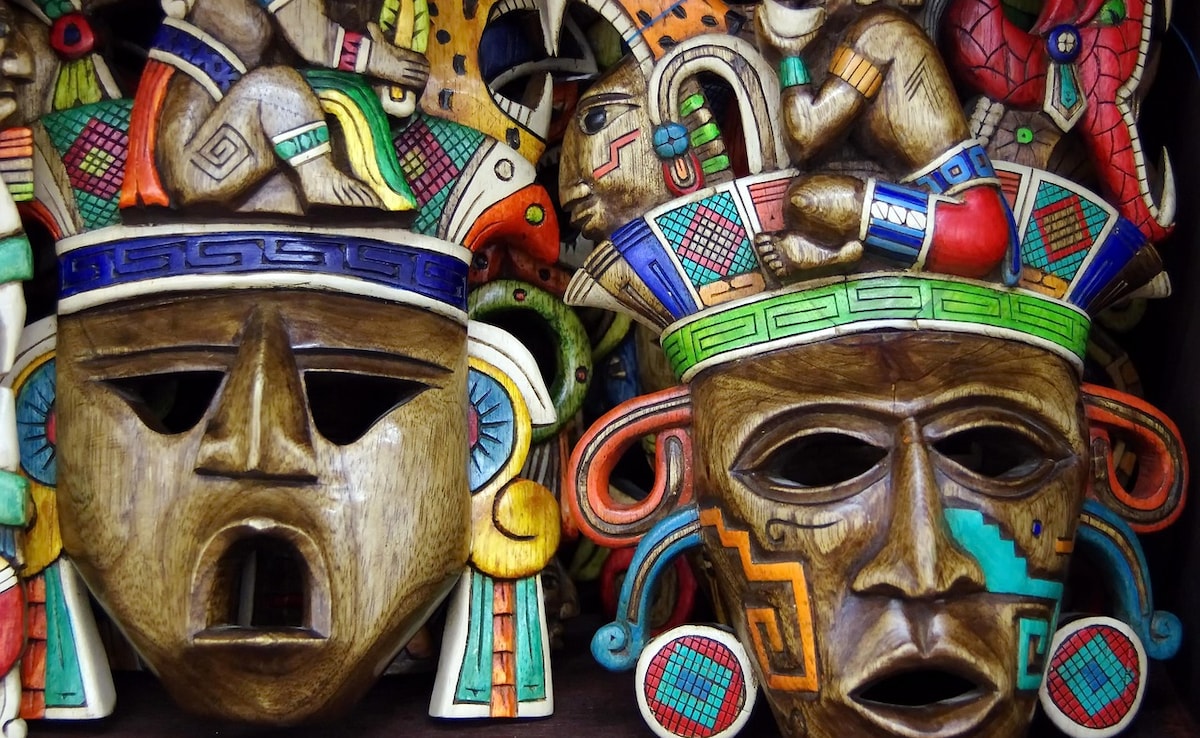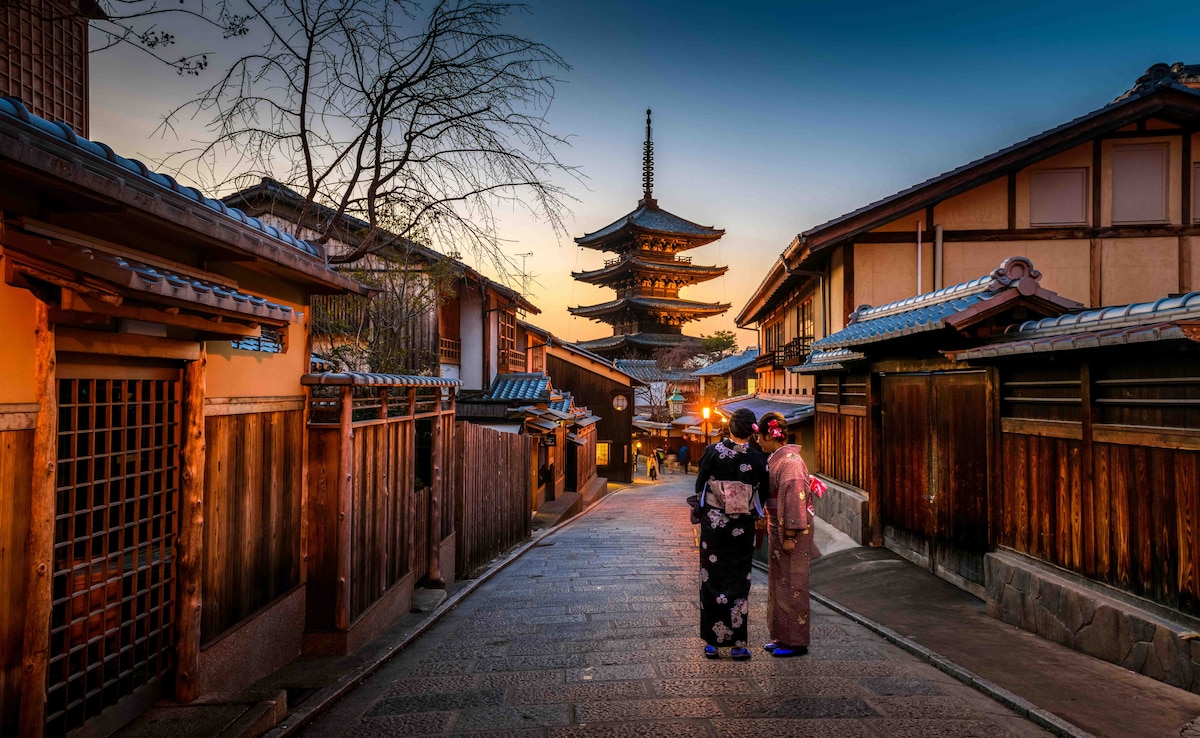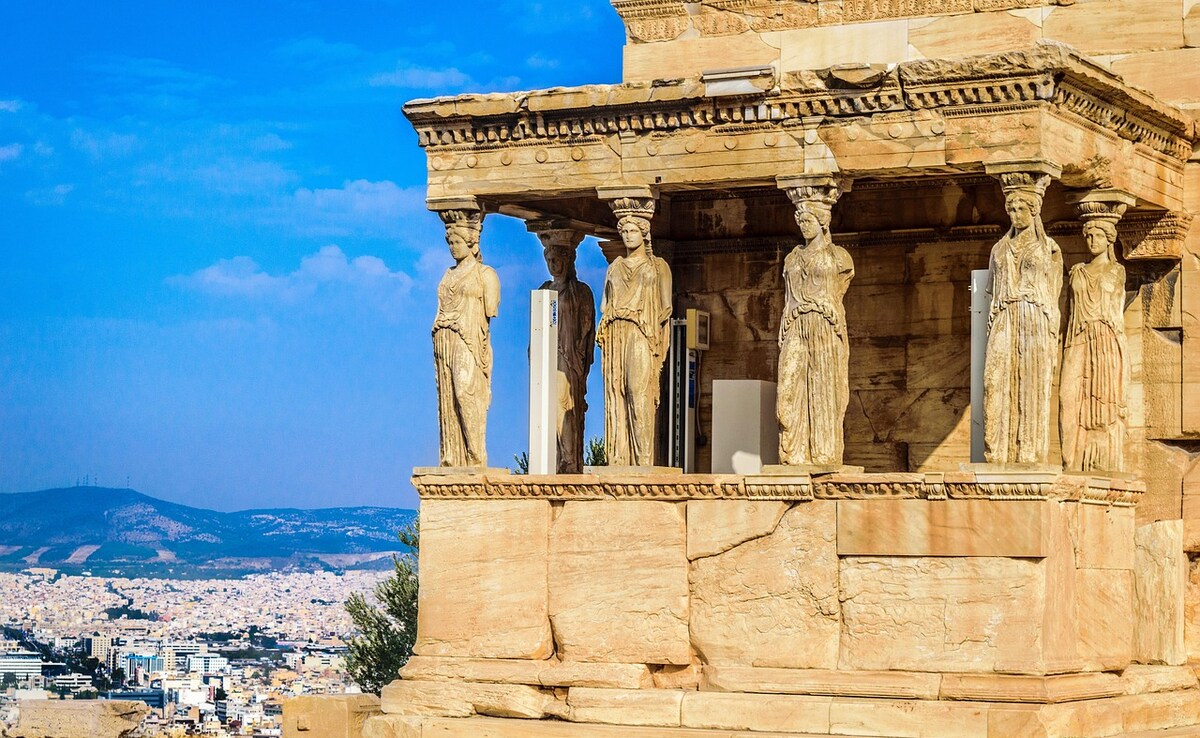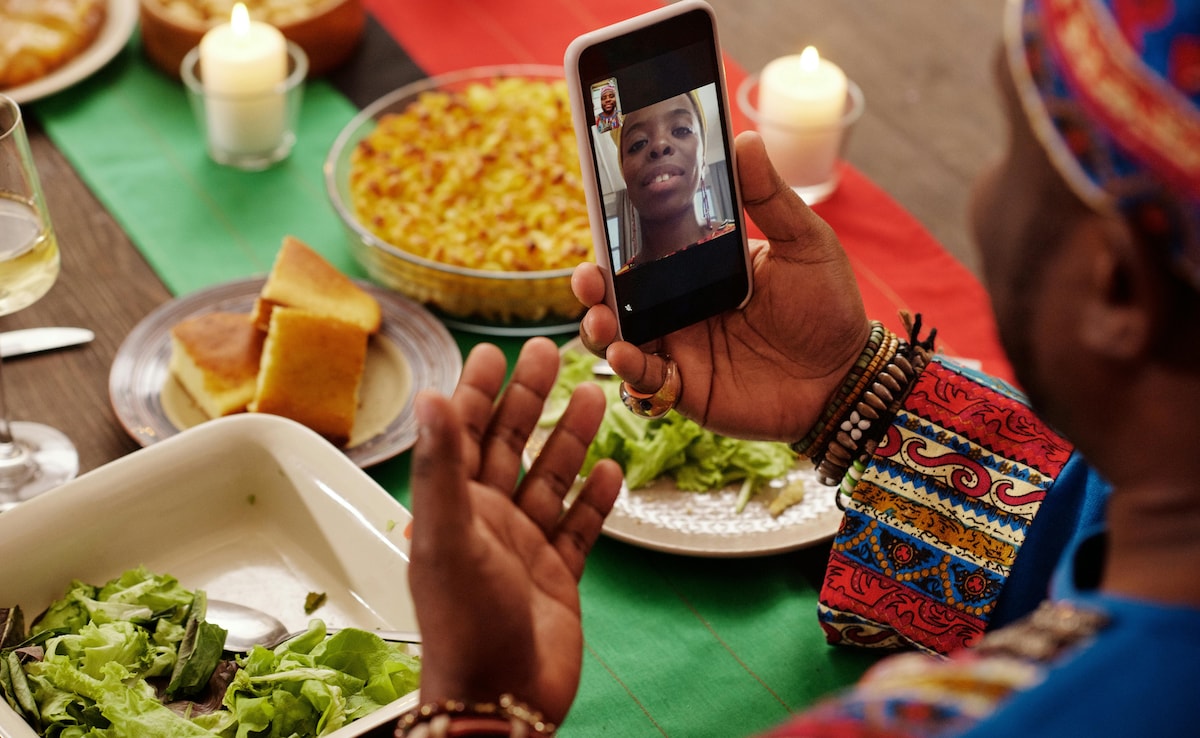
India's cultural influence stretches far beyond the obvious. Beyond Bollywood and butter chicken, centuries of trade, migration, and spiritual exchange have connected India with places you'd never expect. From royal ancestry in Central Asia to Indian languages spoken in South America, the global Indian imprint is both deep and surprising. These five countries might not seem connected to India at first glance, but their histories reveal surprising ties — some ancient, others modern — that are still alive today. If you thought Indian culture was confined to the subcontinent, these unexpected global connections might just change your perspective.
Also Read: Met Gala 2025: 4 Times Indian Heritage Took Over The World's Biggest Fashion Night
Here Are 5 Surprising Countries With Fascinating Indian Connections:
1. Mexico: Shared Spices And Ancient Philosophies

Photo: Pixabay
You might think Mexico and India only have spicy food in common — but the connection runs deeper. During the Spanish colonial period, Mexican chillies, vanilla, and chocolate made their way to India via Portuguese traders. In return, Indian spices like black pepper and cardamom reached Latin America, influencing local cuisine. But that's not all. Both cultures place heavy emphasis on family, religion, and holistic living — think Ayurveda and curanderismo (Mexican traditional healing). Here's a mind-blower: The Mexican state of Oaxaca has a Day of India every August, celebrating Indian culture with food festivals, dance performances, and yoga workshops. There's even a statue of Mahatma Gandhi in Mexico City — one of over 70 around the world. India and Mexico also celebrate more than 70 years of diplomatic relations, with shared interests in science, technology, and cinema.
2. Japan: Spiritual Ties And A Surprising Tamil Link

Photo: Unsplash
India and Japan go way back — think 6th century AD — when Buddhism first travelled to Japan via China and Korea, but originated in India. Japanese monks often visit Bodh Gaya, the birthplace of Buddhism, as a pilgrimage. But the ties don't stop at religion. Here's where it gets interesting: In the 1900s, Tamil freedom fighter Rash Behari Bose found refuge in Japan after being hunted by British authorities in India. He ended up marrying a Japanese woman, starting a family, and helping set up the Indian National Army during World War II. There's even a memorial dedicated to him in Tokyo. Culturally, India's ancient texts influenced Japanese thought through Buddhist scriptures, and Japan has reciprocated with anime and J-pop fandoms growing steadily in India. It's a quiet but enduring connection.
3. Greece: Philosophy, Trade, And Indo-Greek Kings

Photo: Pixabay
The Indo-Greek connection isn't just academic jargon — it's real, and it's ancient. After Alexander the Great invaded parts of northwest India in 326 BCE, Indo-Greek kingdoms sprang up in the region (modern-day Afghanistan and Pakistan). These kings, like Menander I, ruled for nearly two centuries and blended Greek and Indian cultures. Ever seen those coins with Greek and Sanskrit inscriptions? That's Indo-Greek influence right there. The fusion even extended to religion. Some scholars argue that Hellenistic art heavily shaped Gandhara art, the Buddhist art form that emerged in India and became widespread in Central Asia. And it's not just about ancient history — India and Greece maintain strong modern diplomatic ties, and in recent years, there's been an uptick in Indian weddings held in Santorini. If that's not cultural crossover, what is?
4. Suriname: Bhojpuri Culture In South America

Photo: Pexels
Suriname, a tiny country tucked in the northeastern coast of South America, has one of the largest Indian-origin populations outside India — descendants of indentured labourers brought by the Dutch between 1873 and 1916. Today, nearly 27% of the population is of Indian origin, primarily Bhojpuri-speaking Hindustanis. Hindi is taught in schools, Indian festivals like Diwali are national holidays, and Bollywood is massively popular. Former President Chandrikapersad Santokhi is of Indian descent and even took his oath of office in Sanskrit. The cuisine is a wild but delicious mix — think roti with peanut sauce, or biryani made with South American peppers. Indian-Surinamese identity is its own rich hybrid that's both familiar and entirely unique.
Also Read: World Heritage Day 2025: Iconic Monuments That Stood The Test Of Time
5. Uzbekistan: Silk Road Legacies And A Shared Hero

Photo: Unsplash
Uzbekistan and India may seem worlds apart, but the connection is strong, especially when it comes to the Mughal dynasty. Babur, the founder of the Mughal Empire, was born in Andijan, Uzbekistan. His memoir, the Baburnama, offers vivid accounts of his early life in Central Asia before he moved south to conquer northern India in the 16th century. And the cultural exchanges didn't stop with the Mughals. Through the Silk Road, spices, textiles, and ideas flowed both ways. Indian merchants set up trade routes through Samarkand and Bukhara, which were major commercial hubs. Today, Uzbekistan is cashing in on this shared history — offering "Babur heritage tours" to Indian tourists and preserving Mughal-era manuscripts in their archives. The countries even launched direct flights between Delhi and Tashkent to make travel easier.
Track Latest News Live on NDTV.com and get news updates from India and around the world

